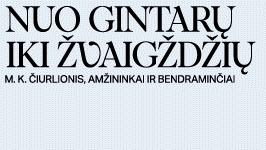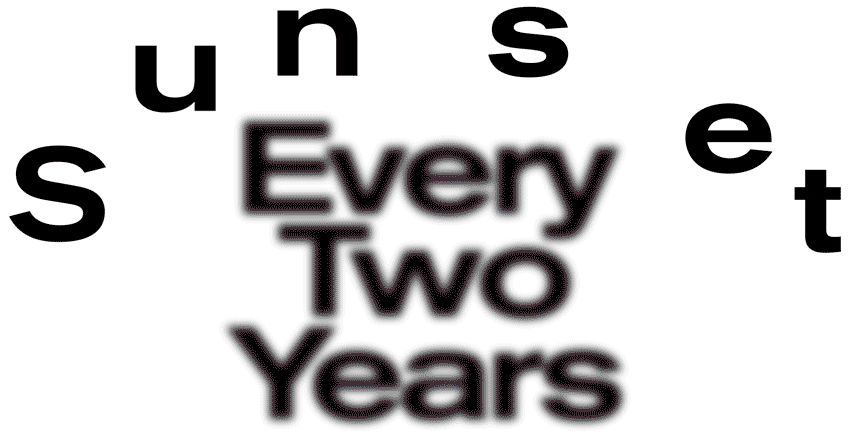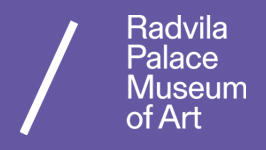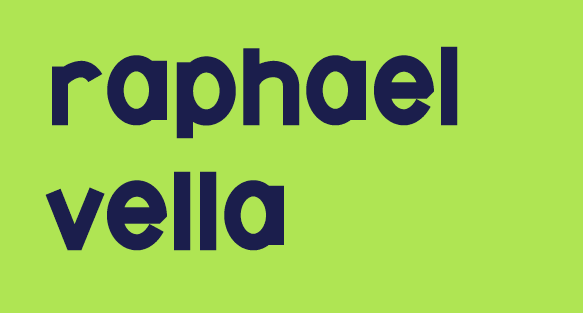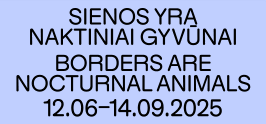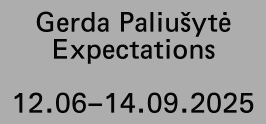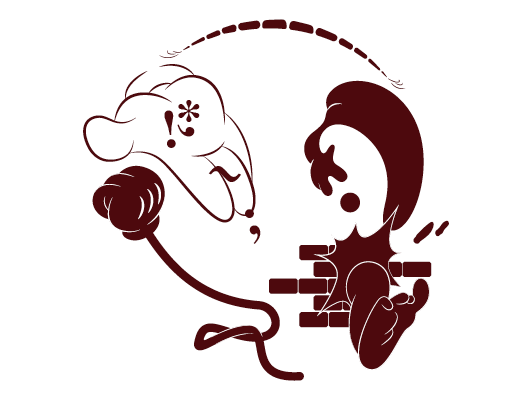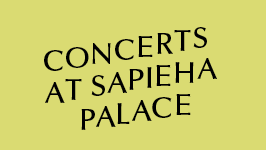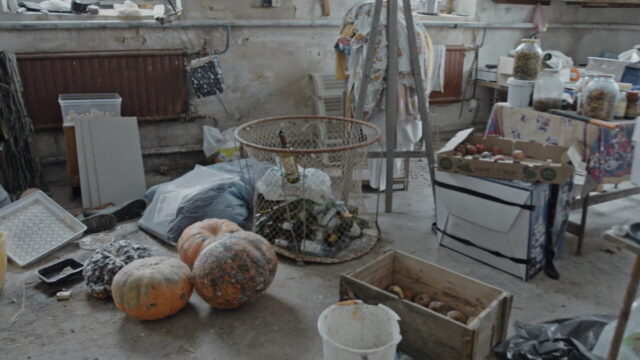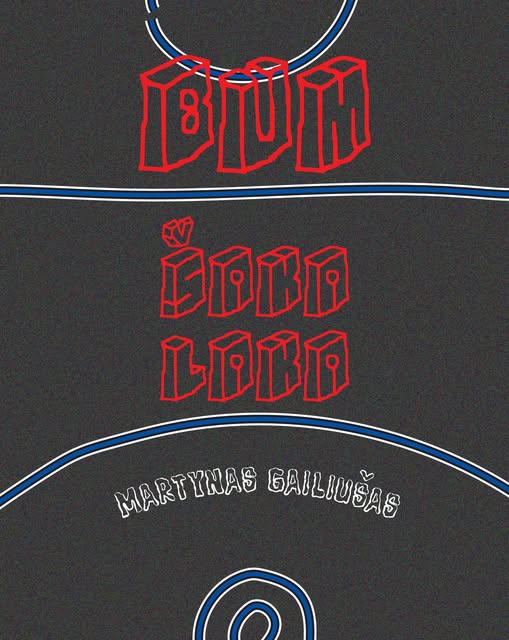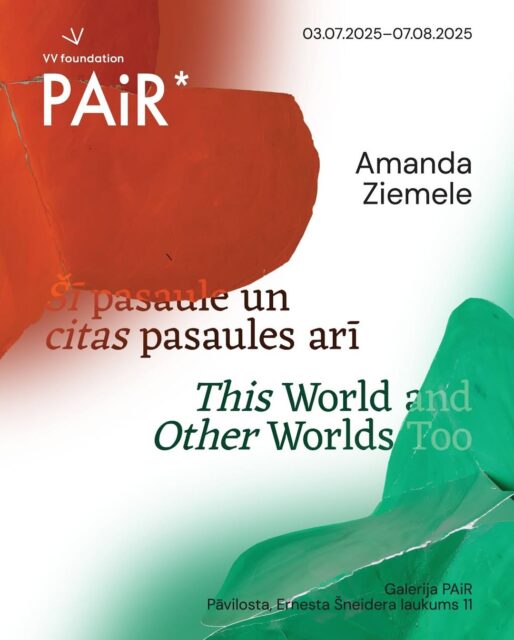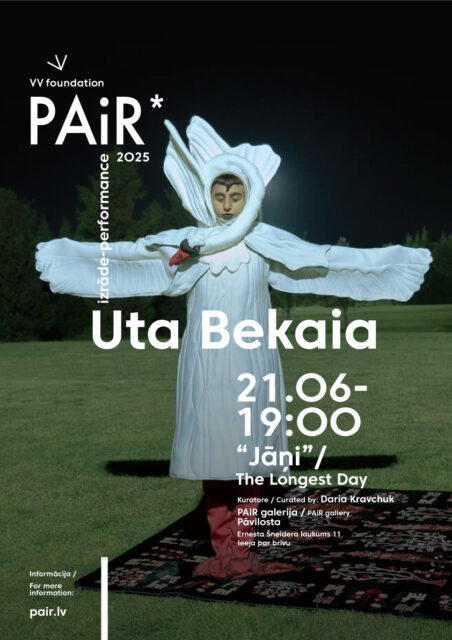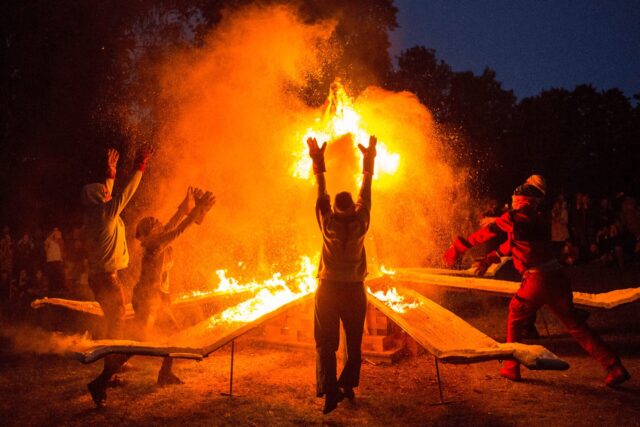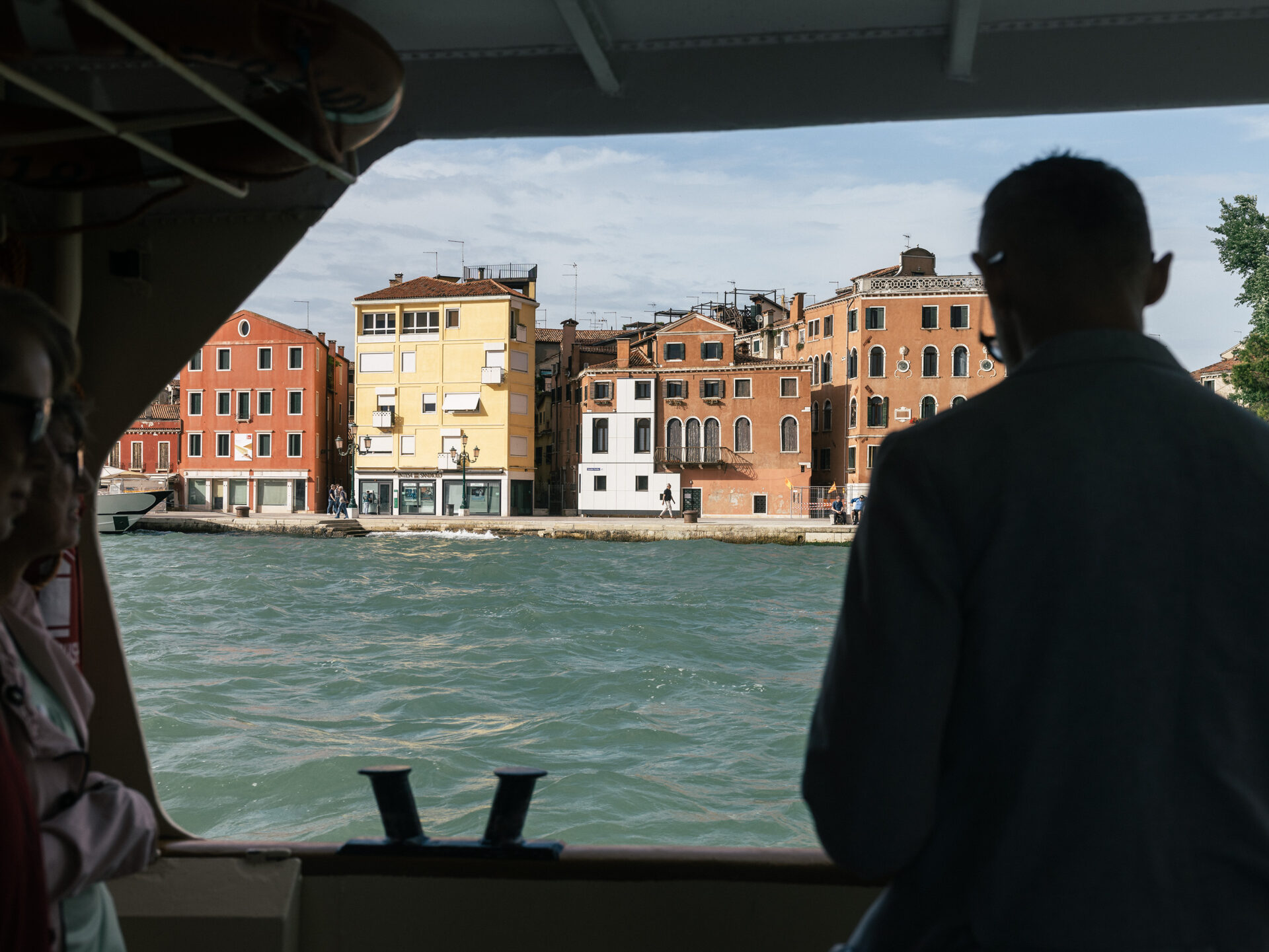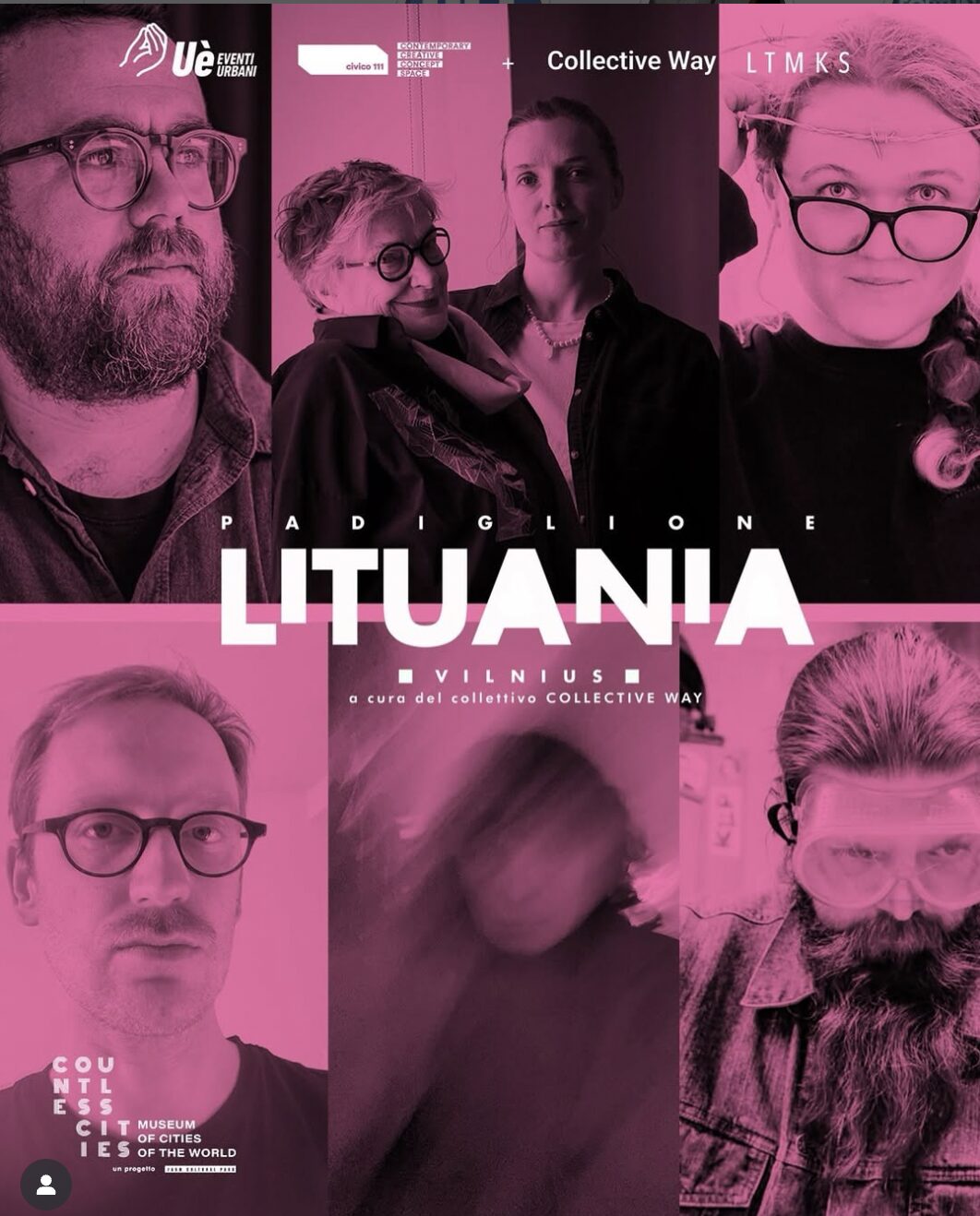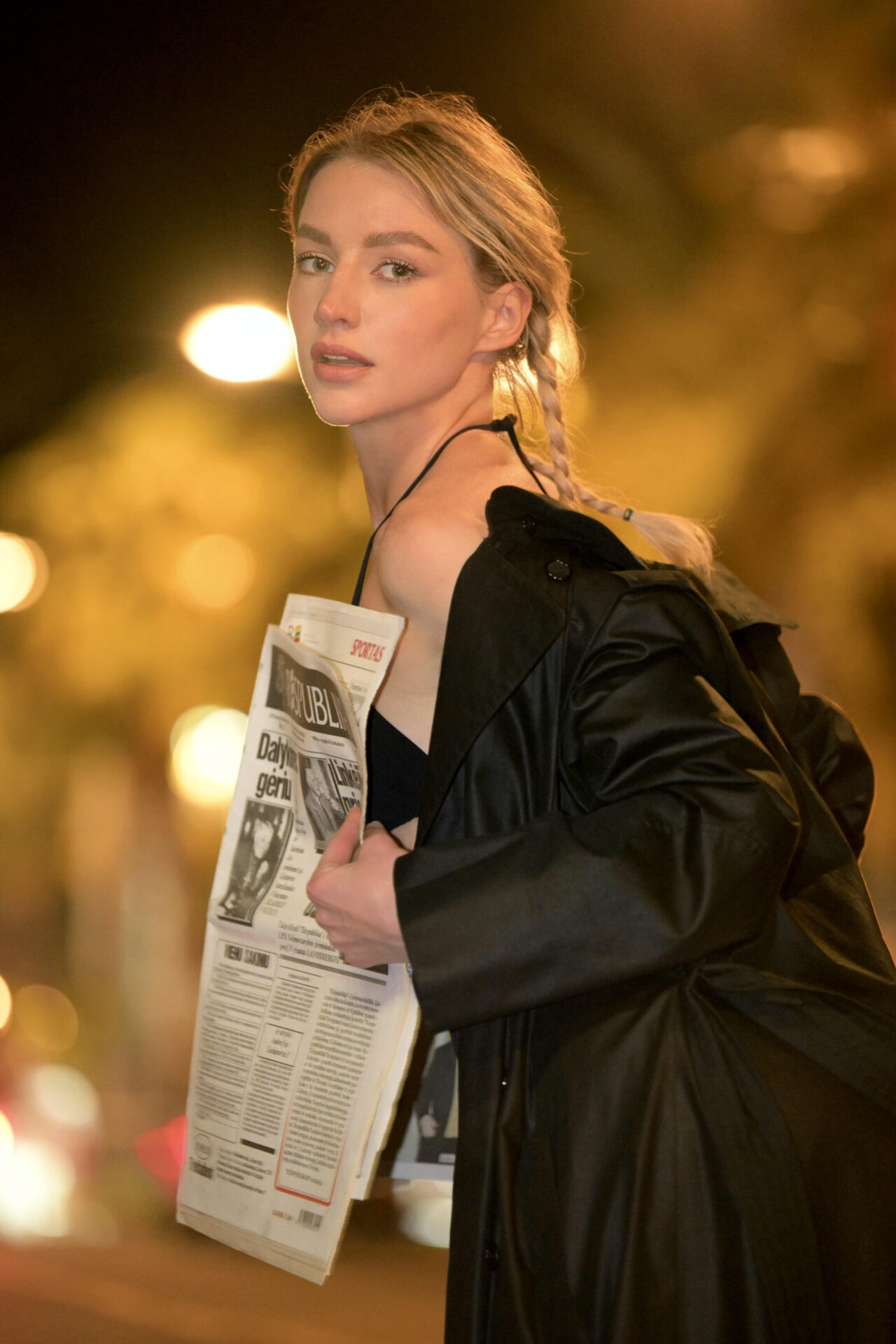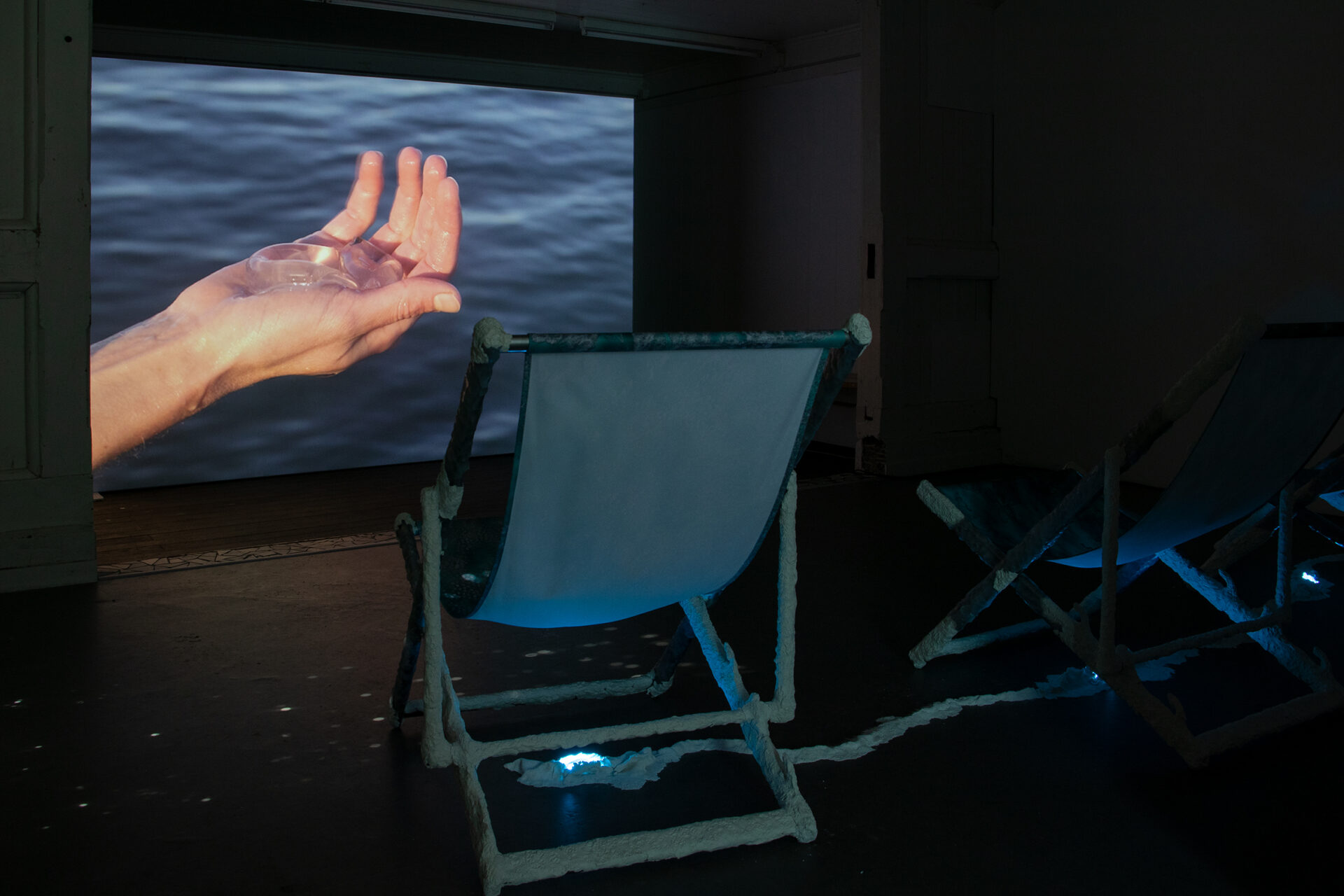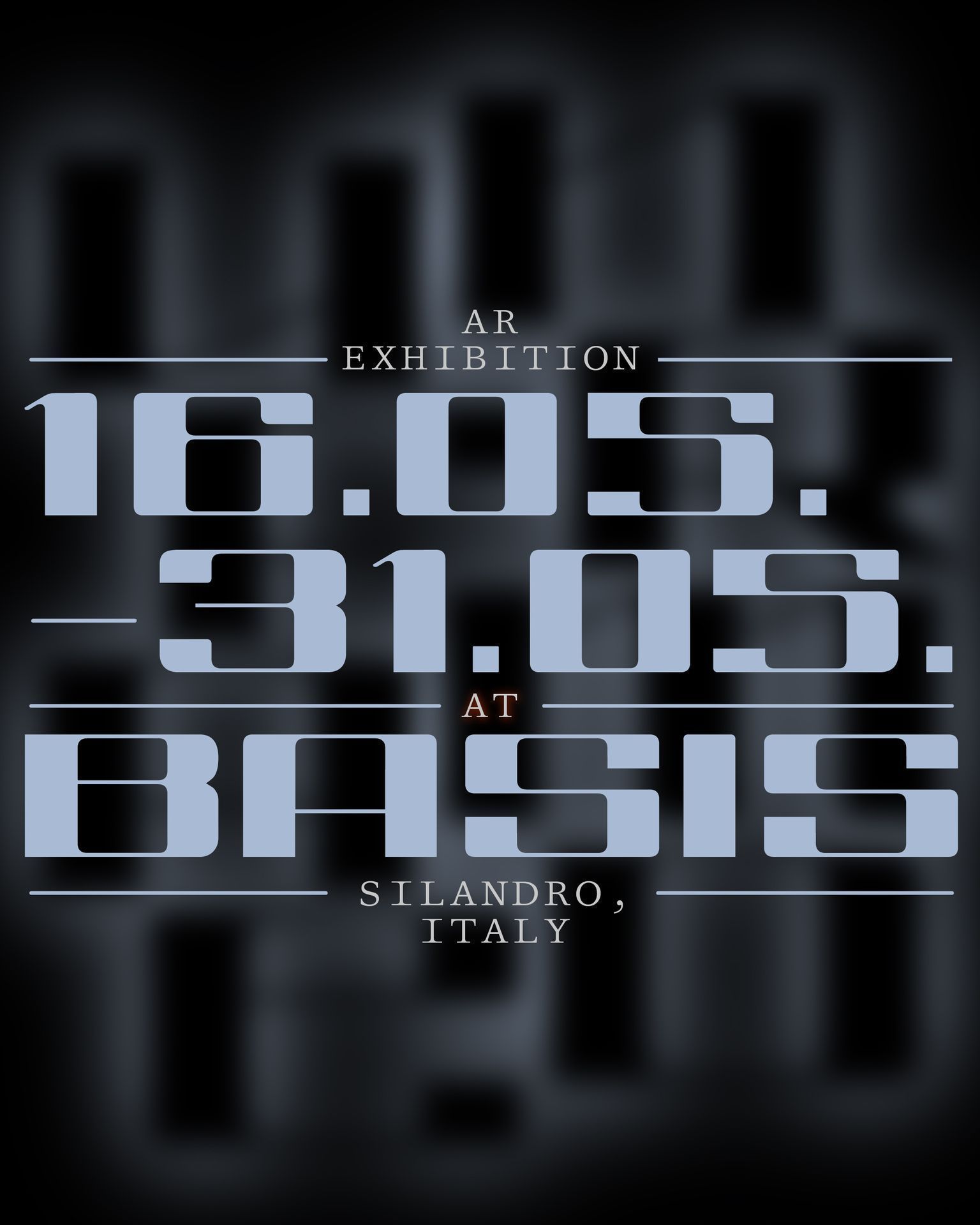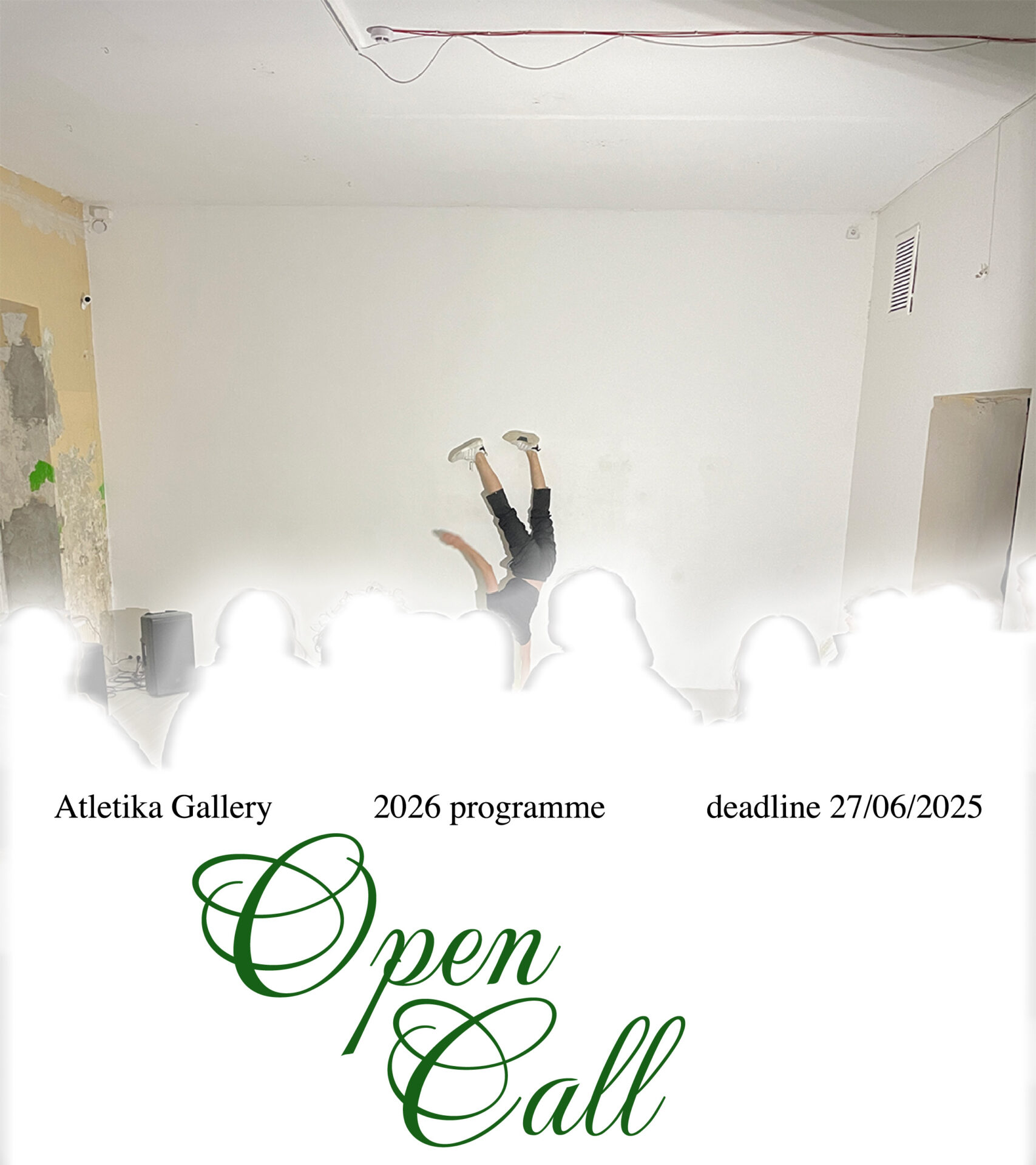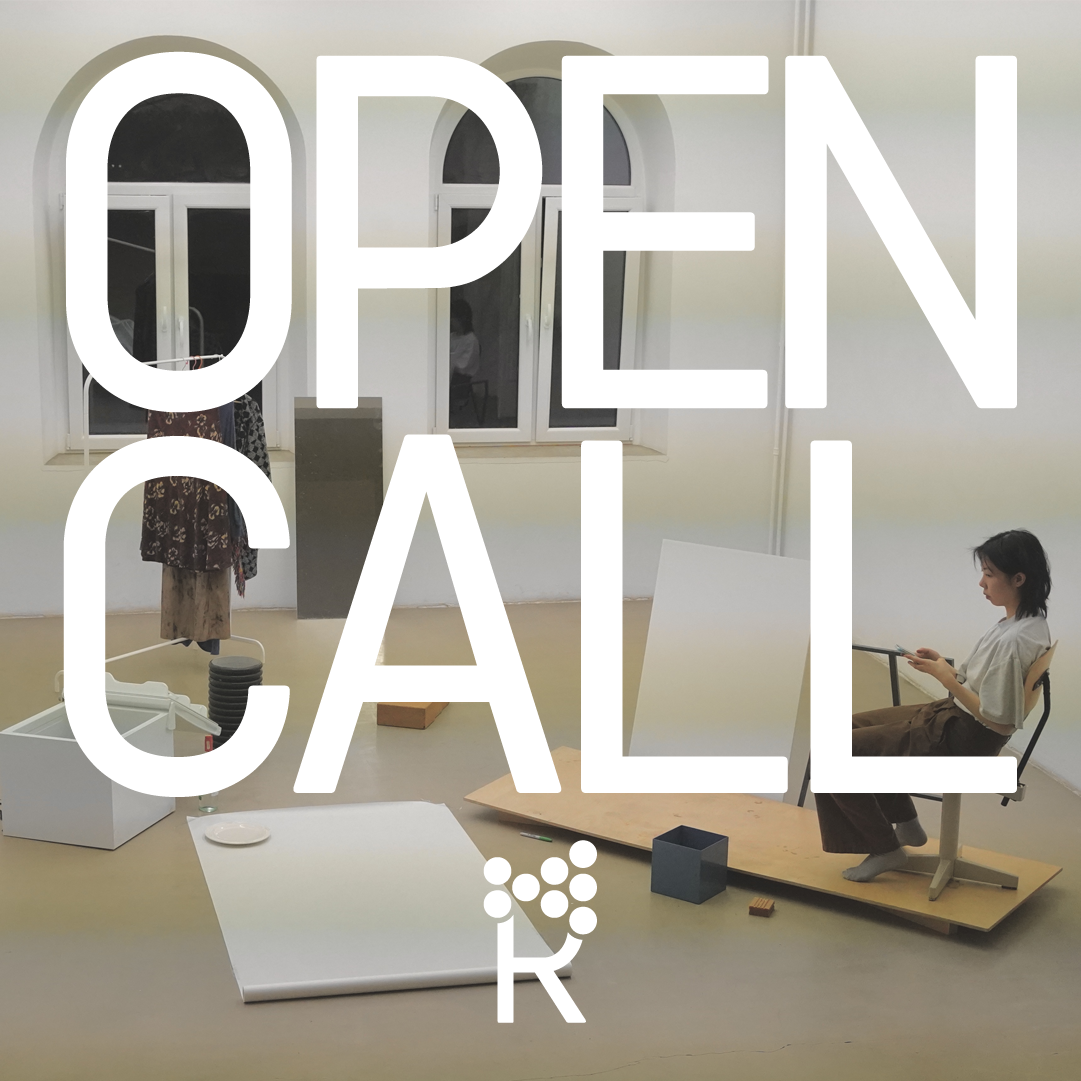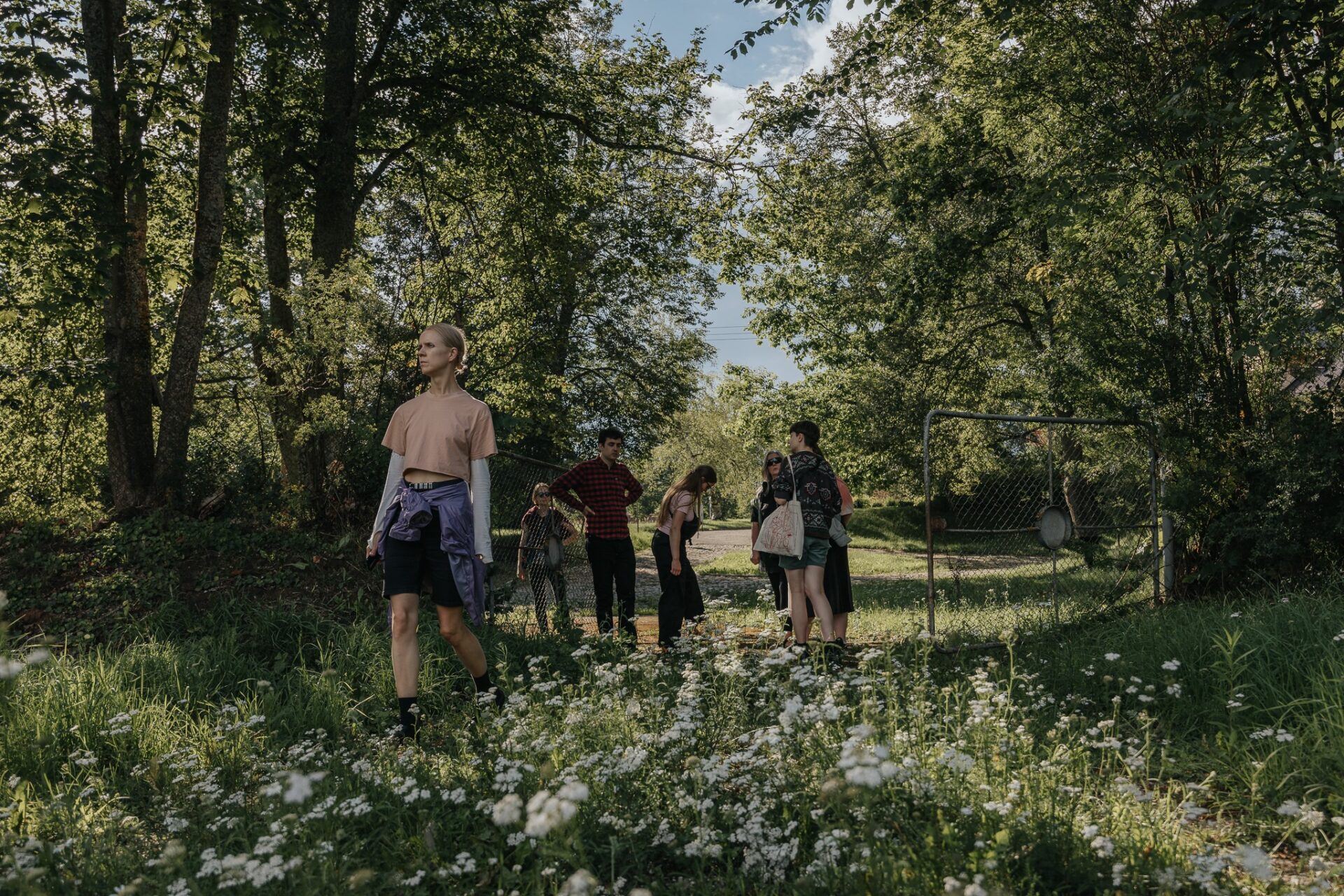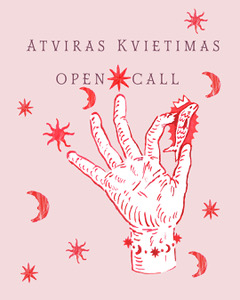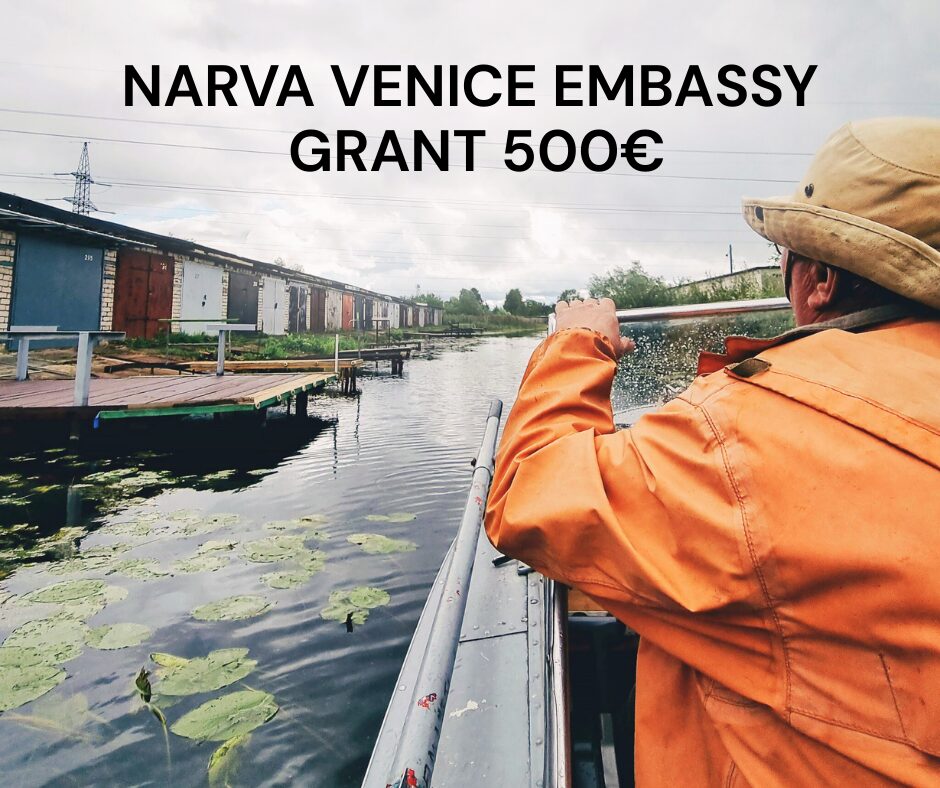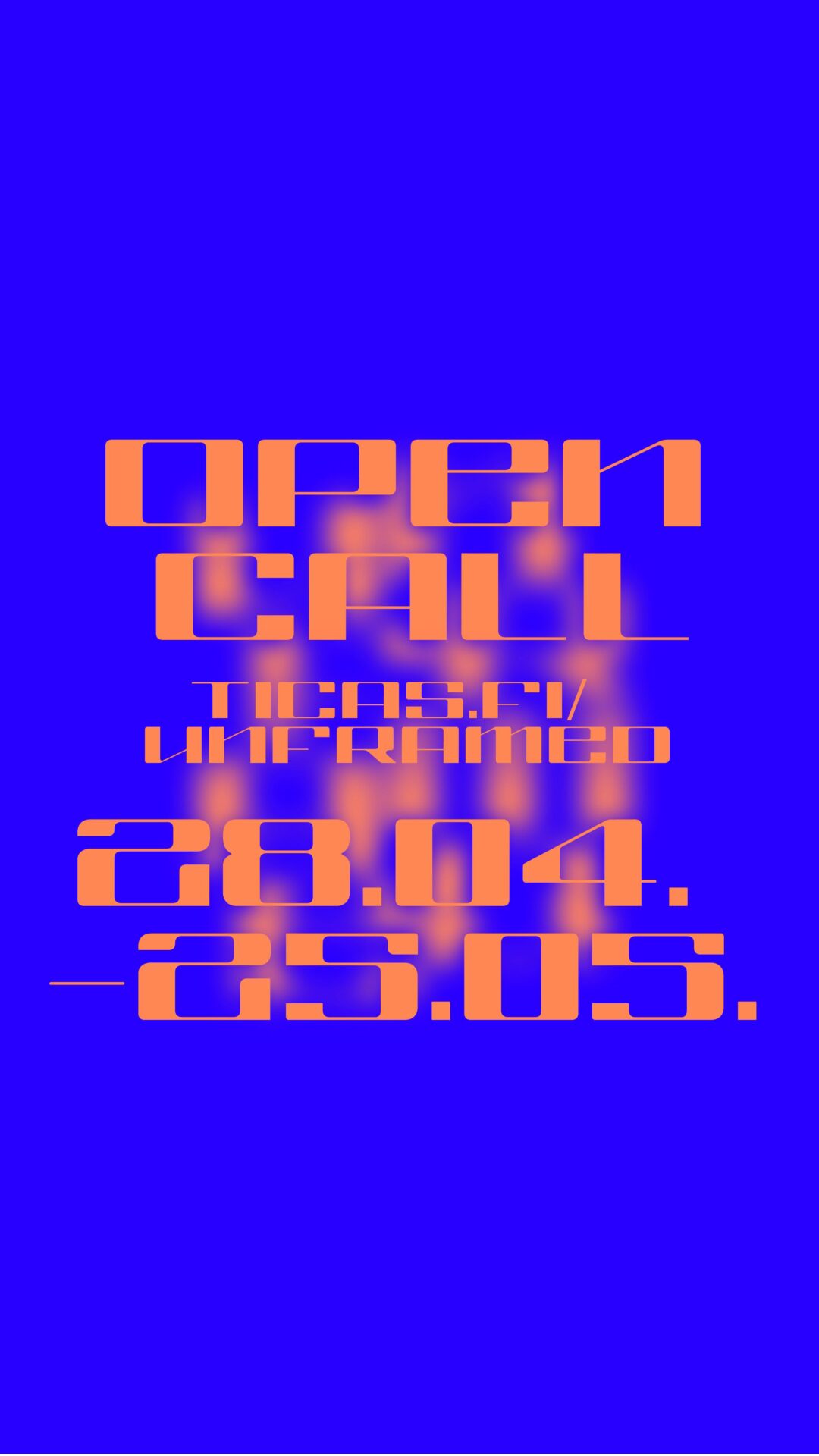From 25 April to 9 June, the Kim? contemporary art centre in Riga offered a personal exhibition by Katrīna Neiburga, one of the most outstanding contemporary Latvian artists. She has received many awards, including the prestigious Purvitis Award, and has represented Latvia at the Venice Biennale.[1] Neiburga’s main medium is video, although it can be extended to the moving image in general, because her 2016 film Garages was nominated for the best debut film in the Lielais Kristaps National Film Award in Latvia.[2] Overall, the artist uses the camera as a magnifying glass, expressing a socio-anthropological interest in the everyday, and zooming in on ordinary people leading ordinary lives. By providing a close look at somewhat unnoticed or ignored phenomena, she unearths micro-worlds, and provides visibility to people, objects, settings and stories which would otherwise not be told, because in our stressful world of deadlines and missed opportunities, there is a good chance that we might regard them as too mundane or self-explanatory.
Hair might be seen as a phenomenon just like that: all mammals, including homo sapiens, have this biological feature. Even throughout evolution and the impact of various external factors, hair has not become a rudimentary atavism. So, one might wonder, is it possible to create art about something so ubiquitous? Is there not a risk that this kind of art might become too didactic or research-based, and consequently less intriguing, mind-changing or revelatory? However, we should also remember that the human body (especially the female body), no matter how organic or natural an element it is in the wide ecosystem of this planet, has never been a neutral subject in art. On the contrary, it has become an overly politicised arena, going far beyond questions of anatomy or representation. In this context, hair, too, has been subjected to a variety of attitudes and opinions across different cultures and historical periods. Hair is never a neutral topic, whether we see it as a symbol of sexuality and desire, or a mechanism of repression. Although Neiburga avoids expressing her voice through critical arguments, the plurality of perspectives must have been the catalyst for her to work in this direction, and explore hair both as a sculptural material and as a carrier of meanings in the local cultural environment.

Hair art. Zanda Liepa-Laure. Kokoshnik, 2016
As regards the didactic aspect of this exhibition, Neiburga, indeed, works in a systemic and structural manner, offering audiences a multitude of experiences. Not only does the artist focus on hair (one particular element around which so many rituals, behavioural models and attitudes arise), the arrangement and navigation of the exhibition is also organised according to certain rules. There are four rooms in the exhibition space: (1) the Salon; (2) the Cabinet of Curiosities; (3) the Anthropological Cabinet; (4) the Intimate Salon. The Salon is offered as a meeting point for the artist and audiences, where, according to the exhibition catalogue, ‘every last Tuesday of the month, from 6pm to 8pm, you will have the opportunity to obtain various hairstyles created by the hairdresser Katrīna N.’ Because of the artist’s presence and interactive engagement with audiences, the Salon becomes like a playful performance space, and as such it adds another layer to the exhibition.
The Cabinet of Curiosities would not be called this if it did not offer a collection of objects. Some of them are presented under glass, some are mounted on walls. The unifying category, or the metaphorical glue that holds all these objects together, is detached hair. On one hand, Neiburga examines hair as a material. There are several objects made by other artists, and defined as ‘hair art’: various hair accessories, hats, fascinators made of hair, and wigs. On the other hand, the artist is curiously interested in the owners of detached hair, because the cut-off braids and ponytails exhibited under glass are also accompanied by little notes, which provide a little glimpse as to how and why the decision was taken to cut the hair. This gives rise to associations with some kind of initiation ritual, since cutting one’s hair can be interpreted as a farewell to childhood, rebellion against one’s parents, liberation from maintenance and care, the beginning of a new life, etc. Yet in this room too, the artist avoids scholarly seriousness, by exhibiting another object with hair under glass: it is not human hair, but pieces of plastic hair that can be found in Lego playsets. This kind of playfulness entertains the viewer, and demonstrates Neiburga’s sense of humour.
The Anthropological Cabinet reveals Neiburga’s écriture that has become integral to her creative practice. The central medium in this room is a video installation entitled Hair. The 105-minute-long video is based on documentation of the many hours Neiburga spent with numerous hairdressers in various hair salons in Riga while her hair was being styled. The fragments of conversations between Neiburga and the masters of the trade make the viewers appreciate the contribution of the artist to such a long-duration project, which lasted for several months. The finished hairstyles, also presented in photographic prints, show a wide spectrum of aesthetic standards and concepts of beauty. Since the artist visited both top-class and basic hair salons, the end result on her head also shows taste, and the question of class becomes evident. In fact, similar research was carried out by the Scottish sociologist Debra Gimlin in the 1990s, who wanted to find out how women attempt to cultivate cultural ideals of beauty, and how it is achieved through the interaction between hair stylists and their clients. As a result of her 200 hours of observation, Gimlin concluded that ‘Hairdressers emphasise their special knowledge of beauty and taste as a way of reducing status differences between themselves and their clients […] They also try to nullify the existing class hierarchy by conceiving an alternative hierarchy, not one based on education, income or occupation, but only on the ability to style hair competently.’[3] In this way, ‘the stylists become confidantes with clients, who often tell them highly personal information about their lives […] Appearing to create personal relationships with their clients, even though they never see them outside the salon, also reduces status differences.’[4]

Hair. Video installation, 105’, 2019
Neiburga, indeed, embodies the role of confidante in the fourth room, the Intimate Salon. Here too, a video is presented, but it is not anthropological documentation of her experience as a client. On the contrary, the artist plays out the role of a hairdresser (she is a great performer!). She talks in a gentle, reassuring, calming voice, addressing the viewer as her client. By showing various objects that will be used in the procedure (a selection of combs, scissors, etc), the artist draws attention to the overly fetishised culture of beauty. A hair salon is a magic world, where anyone can undergo a transformation, forget about everyday concerns, and become happier, more self-confident and sexually attractive. The question of fetishism is further elaborated in the Intimate Salon through another collection of objects made of hair, this time by the artist herself. Again, these objects are not traces of human culture, but presented as visual puns with funny titles, for example, Mask from husband’s hair for self-protection (2019), or Hair thong for the replacement of pubic hair (2019). This artistic strategy makes us smile, and creates a balance between the informative side and the playful mood of the exhibition.
The exhibition ‘Hair’ by Katrīna Neiburga can be seen as an attempt to explore social interactions as a pattern of internally organised relationships. In this context, it is very oriented towards structuralism and the social sciences. However, at the same time, the combination of diverse instruments, such as live and mediated performance, anthropological research, references to culture, mythology and folklore, as well as the use of media, which range from the classic museum-like exhibition of objects to video, photography and installation, provides a playground for a light-hearted and entertaining experience. Perhaps this is the golden ratio between science and art, where the latter serves as a tool to overcome the feeling of alienation, displacement and estrangement, so characteristic of the modern-day world, with laughter, human contact, conversation and curiosity.
[1] Armpit was made for the 56th Venice Biennale in 2015, together with her husband Andris Eglītis; curator Kaspars Vanags.
[2] Neiburga is also known for integrating the moving image in her stage design projects for the Latvian National Opera.
[3] Gimlin, Debra. 1996. “Pamela’s Place: Power and Negotiation in the Hair Salon.” Gender & Society, No 10 (October), pp. 505-526
[4] Ibid.

Curiosity Cabinet, HAIR, 2019

Curiosity Cabinet, HAIR, 2019

Hair art. Rimma Āboltiņa, 2016

Hair art. Rimma Āboltiņa, 2017

Hair art. Zanda Liepa-Laure. Baroque hairdo, 2016

Hair stories II, 2019

Hair stories II, 2019

Hair stories, 2019

Hair stories, 2019

Salon, HAIR, 2019

Anthropological Cabinet, HAIR, 2019

Notes. Photo prints, 2018-2019

Hair. Video installation, 105’, 2019

Intimate salon, HAIR, 2019

HAIR, 2019

Mask from husband’s hair for self-protection, 2019

Intimate salon, HAIR, 2019

Hair matrix from the hair of Katrīna N., 2019

Niqab., 2019

Hair thong for the replacement of pubic hair, 2019

